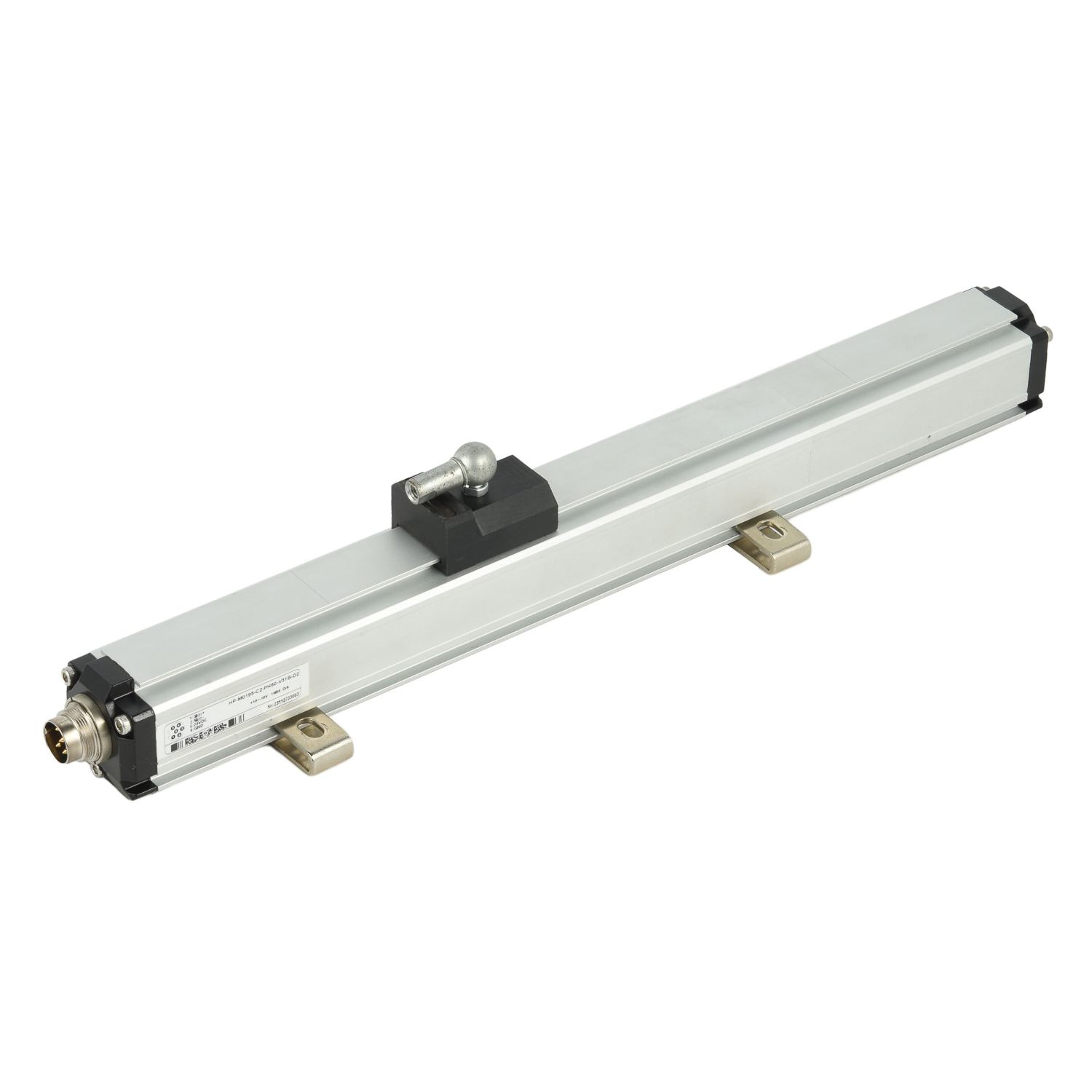What installation options are available for magnetostrictive sensors?
When implementing precision position sensing in industrial environments, understanding magnetostrictive sensor installation methods becomes critical for optimal performance. These sophisticated devices require specific mounting considerations to ensure accurate linear position measurement and long-term reliability across various applications from hydraulic cylinder positioning to industrial automation systems.
Flange mounting represents one of the most secure and precise installation methods for magnetostrictive sensors. This approach involves using standardized flange connections, typically DIN or ISO compliant, that provide rigid mechanical coupling between the sensor and the measured equipment. The flange mounting system ensures perfect alignment of the sensing element while offering exceptional resistance to vibration and mechanical stresses. Industrial applications frequently employ this method for hydraulic cylinder integration where precise alignment is paramount for accurate position feedback.
Threaded installation offers versatile mounting solutions for magnetostrictive sensors in space-constrained applications. Available in various thread standards including metric and imperial specifications, this installation method facilitates straightforward integration into existing machinery. The threaded connection provides sufficient mechanical stability while allowing for adjustable positioning during installation. This method proves particularly valuable in retrofit applications where modification options are limited, though proper thread sealing is essential to prevent fluid ingress in hostile environments.
For specialized applications requiring unique mechanical interfaces, custom mounting solutions provide tailored installation options. Manufacturers often offer engineered mounting brackets, adapters, and mechanical interfaces designed for specific equipment configurations. These custom solutions address challenges such as unusual space constraints, extreme environmental conditions, or specific alignment requirements. While typically involving higher initial costs, custom mounting ensures optimal sensor performance and reliability in demanding applications where standard mounting options prove insufficient.

Non-contact mounting configurations present innovative installation approaches that eliminate mechanical linkage between the sensor and moving components. These systems utilize magnetic coupling or wireless communication to transmit position data, significantly reducing mechanical wear and maintenance requirements. Non-contact installations excel in applications where physical connection proves impractical or where minimal mechanical influence is desired, though they may require more sophisticated calibration procedures.
Proper alignment procedures constitute a critical aspect of magnetostrictive sensor installation regardless of the chosen mounting method. Precaxial alignment between the sensor and the measured component ensures accurate position measurement and prevents premature wear. Installation best practices include using alignment fixtures, laser alignment tools, and following manufacturer-specified tolerance requirements. Misalignment can lead to measurement errors, reduced resolution, and potentially shortened sensor lifespan.
Environmental protection measures must be integrated into the installation process to ensure long-term reliability. Depending on the application environment, installations may require IP67 or higher protection ratings, specialized sealing materials, or protective enclosures. Proper cable routing, strain relief implementation, and connection sealing prevent environmental contaminants from compromising sensor performance. Industrial installations particularly benefit from additional protective measures in high-vibration, high-temperature, or corrosive environments.
Electrical integration and wiring considerations complete the installation process, ensuring proper signal transmission and system compatibility. Installation technicians must address proper shielding, grounding practices, and cable selection to prevent electromagnetic interference from affecting measurement accuracy. Following manufacturer-recommended wiring diagrams and connection specifications ensures optimal signal quality and prevents potential damage to sensitive electronic components.
Commissioning and calibration procedures finalize the installation process, verifying proper sensor operation and measurement accuracy. Systematic verification of mechanical installation, electrical connections, and signal output ensures the magnetostrictive sensor meets specified performance requirements. Regular maintenance scheduling and performance monitoring complete the installation lifecycle, ensuring continuous reliable operation throughout the sensor's service life.
 UpgradingYourLevelMeasurementS
UpgradingYourLevelMeasurementS
 Why are magnetostrictive level
Why are magnetostrictive level
 ComparingMagnetostrictiveandRa
ComparingMagnetostrictiveandRa
 MagnetostrictiveLevelSensorfor
MagnetostrictiveLevelSensorfor
